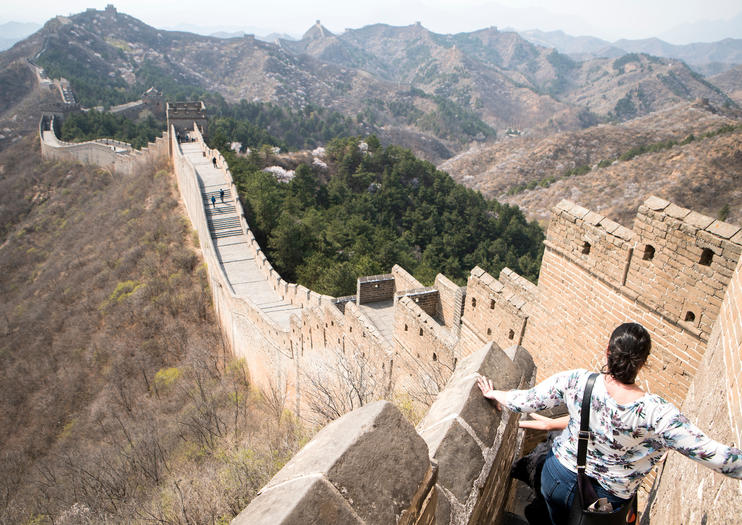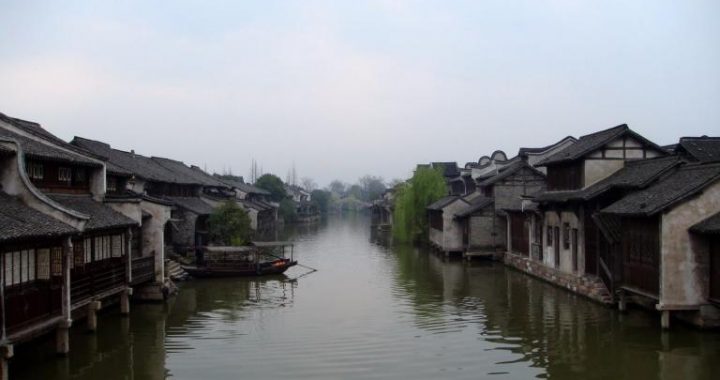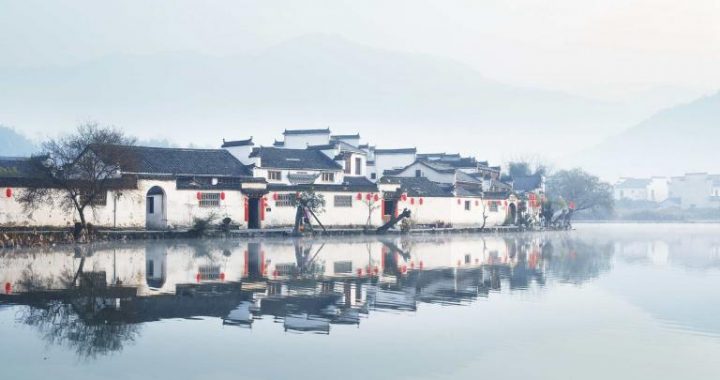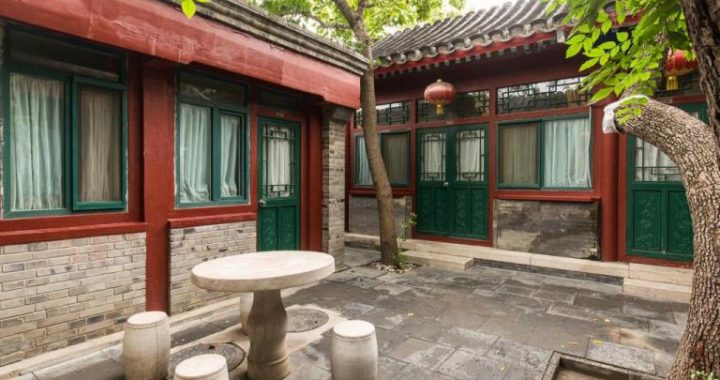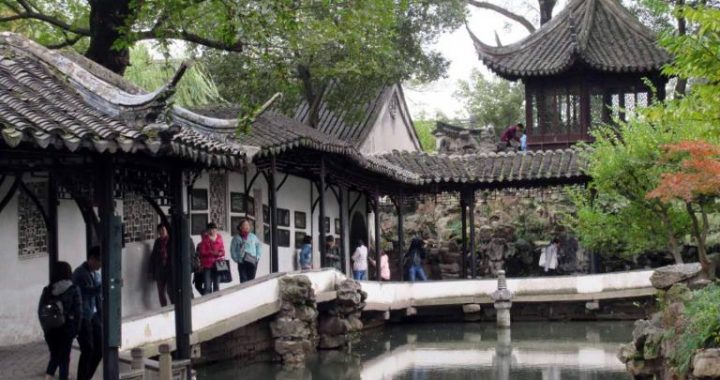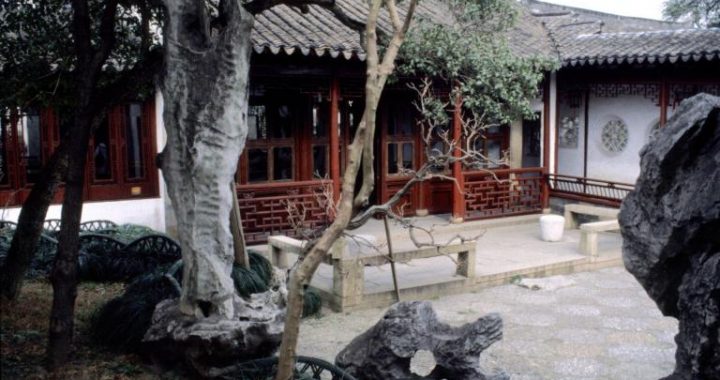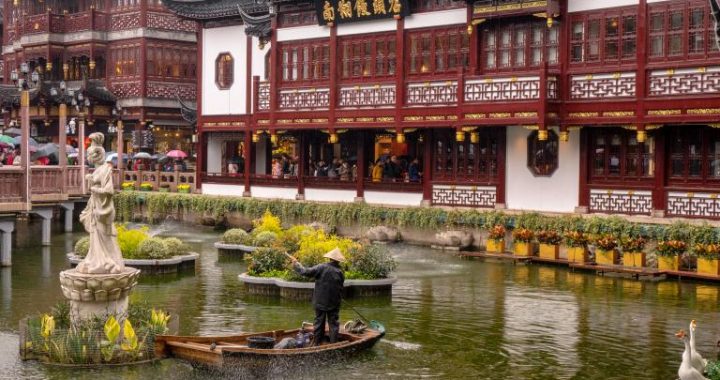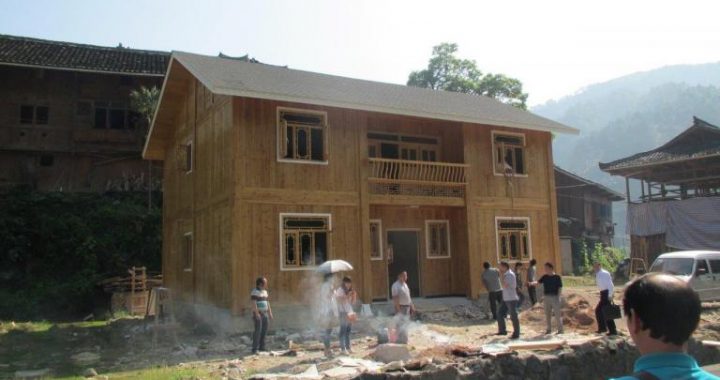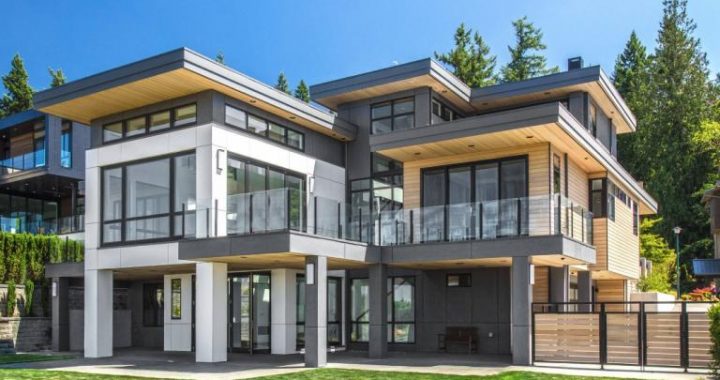Great Wall
3 min readThe Great Wall is one of the greatest architectural projects in China’s history and the greatest national defense project in China’s history. It begins at the Shanhai Pass by near the Bohai Sea in the east, passes Hebei Province, Shanxi Province, Inner Mongolia Autonomous Region, Shaanxi Province and Ningxia Province, and reaches the Jiayu Pass in Gansu Province in the west, traversing the north of China and stretching more than 12,000 li along meandering mountains and vast deserts, hence the name “Ten Thousand Li Great Wall.”
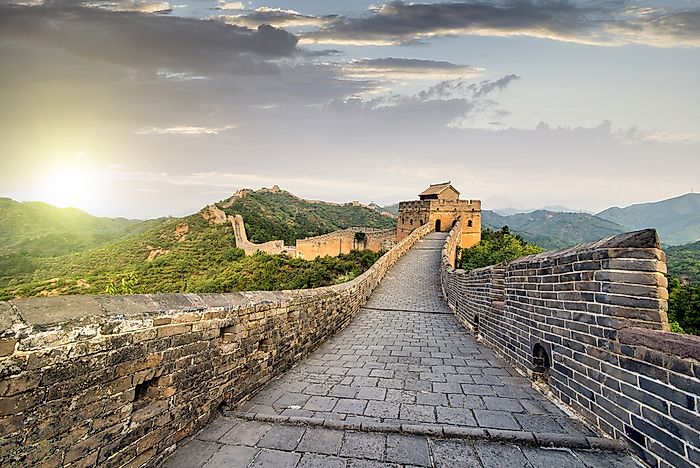
In the Chinese nation’s history, the direct purpose of building the Great Wall was to prevent northern nomadic ethnic groups from going south. In the early Warring States Period, Huns,a mainly nomadic ethnic group, lived to the north of the Qin State, the Zhao State and the Yan State among the Seven Warring States. To prevent Hun slave owners and aristocrats from invading the south, they built the Great Wall on their northern borders. After the First Emperor of Qin (259-201 BC) united China, to further prevent invasion of Huns and eastern barbarians, the sections of the Great Wall built by the Yan State, the Zhao State and the Qin State were connected into the embryonic form ofthe Great Wall. At that time, there was no machine, and all work must be done manually.A total of 300,000 soldiers and nearly 2 million civilians, prisoners of war and criminals were dispatched. After the Qin Dynasty, the Great Wall wasrepaired and extended in the Han Dynasty, the Northern Wei Dynasty (386-557), the Northern Qi Dynasty(550-577), the Sui Dynasty and the Jin Dynasty(1115-1234). In t he Ming Dynasty, to prevent invasion by Mongolians in the north and Nuzhen people in the northeast, large-scale repair of the Great Wall began again. The Great Wall repair project was completed more than 200 years after the 15t year of the Hongwu Period(1368).
Walls are the main part of the Great Wall. Take the section from the east ofShanxi to the Shanhai Pass, for example, its cross-section is a trapezoid, and the lower part is wider than the upper part. The average base width is 6 meters, the top width is 5 meters, and the height is 6.6 meters. There is rammed earth between block stones and super-large bricks orderly piled outside. On the walls, five horses or ten people can advance side by side. The surface is paved with three or four layers of bricks. The top layer consists of orderly and solid square bricks joined by lime. There are brick walls on both sides of the tower, parapets about 1 meter high inside and battlements 1.6 meters high outside. There is an observation hole above each battlement and an opening for firing weapons below. There are also facilities such as drainage ditches and water outlets on the walls.
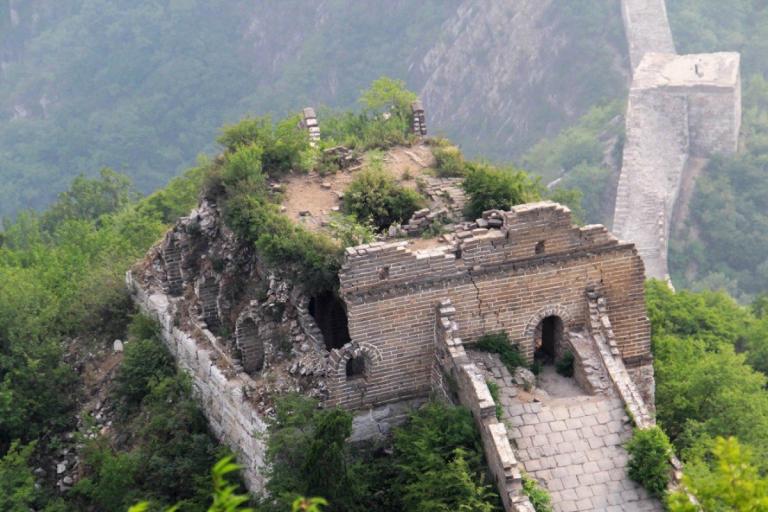
The strict ancient signal fire system enhanced the Great Wall’s effect in national defense. According to Juyan Bamboo Slips of the Han Dynasty,”there was one beacon every five li,a mound every ten li,a bastion every thirty li, and a tower every one hundred li”at that time. Beacons and mounds were towers for delivering military intelligence. After enemies were discovered,a warning was given with smoke in the day and fire in the night. According to records, in the Tang Dynasty, the message passed by signal fire must be delivered at the speed of 2,000 li in one day and one night; in the Ming dynasty, the signal fire system was further improved. The speed of delivery through signal fire, smoke and gunfire could reach more than 7,000 li in one day and one night.
The Great Wall was a large-scale engineering project. Because it crossed mountains, plateaus, prairies and innumerable precipices and deep valleys, construction was very difficult. Ancient artisans ingeniously took advantage of natural landforms in the determination of the run of the Great Wall, the setup of the whole defense system including barriers, bastions, lookout towers, smoke mounds, etc. and even the walls’ shapes, structures and materials, and used use local materials. Their ingenious and rational conceptions are amazing. In the extremely arduous and complex construction process, they manifested the spirit of diligence and perseverance, which is admired by people around the world.
